The variety of duck breeds is astounding. Ducks come in every color, shape, pattern, and size you can imagine. When you first dive into the world of ducks, it can be difficult to decide which of these amazing breeds would be best for you.
Determine what you want out of your ducks:
- Purpose—do you want eggs, meat, or pets? Do you want to preserve a rare breed, or bring your ducks to exhibitions? Do you just want a lawn ornament? Or do you want a breed that lays plenty of eggs, is big enough to provide meat, and makes a good pet?
- Egg production—do you want 300 eggs a year, or are you okay with only 100?
- Size—bantam, light, medium, or heavy? A two pound duck or a ten pound one?
- Availability—which breeds are available in your area? If you’re in the US, for example, it may be impossible to find Abacot Rangers or Shetlands.
- Popularity—do you want to preserve a rare breed, or do you want something that’s cheap and easy to find?
- Flying—does it matter whether the breed can fly or not?
- Foraging—do you need a breed that can find a good chunk of its own food?
- Mothering—do you need a breed that will go broody, or one that won’t?
- Personality—do you want a quiet, friendly, calm breed? Unfortunately, it’s difficult to go by blanket breed statements, because individuals vary so much.
- And looks—do you like the looks of the breed?
Duck Breed Comparison Chart
Swipe to the side to see two more categories, “Flying” and “Mothering.” If you’re on a desktop computer, there is a scroll bar at the bottom of the chart to allow you to scroll horizontally to view the other categories.
| Breed | Size | Utility | Eggs | Weight (lb) | Popularity | Flying | Mothering |
|---|---|---|---|---|---|---|---|
| Abacot Ranger | Light | Eggs | 180-200 | 5.5-6.6 | Rare | Poor | Good |
| Alabio | Light | Dual Purpose | 200-250 | 3.3-4.4 | Popular (Indonesia), Rare (Elsewhere) | Good | Good |
| Ancona | Medium | Dual Purpose | 210-280 | 5-7 | Watch | Poor | Good |
| Australian Spotted | Bantam | Exhibition/Pet | 50-125 | 2-2.2 | Critically Endangered | Good | Good |
| Aylesbury | Heavy | Meat | 35-120 | 9-10 | Critical | Poor | Fair |
| Bali | Light | Eggs/Ornamental | 120-150 | 4-5 | Endangered | Poor | Poor |
| Blue Swedish | Medium | Meat | 100-150 | 7-9 | Watch | Poor | Good |
| Buff Orpington | Medium | Dual Purpose | 150-220 | 5-8 | Threatened | Poor | Fair |
| Call | Bantam | Pet | 25-75 | 1.2-1.6 | Popular | Good | Excellent |
| Cayuga | Medium | Dual Purpose | 100-150 | 7-8 | Threatened | Poor | Good |
| Crested | Medium | Dual Purpose | 100-150 | 6-7 | Common | Poor | Good |
| Duclair | Medium | Meat | 80-100 | 6-7 | Rare | Poor | Good |
| Dutch Hookbill | Light | Eggs/Exhibition | 100-200 | 3.5-5 | Critical | Good | Good |
| East Indies | Bantam | Exhibition/Ornamental | 25-75 | 1-2 | Rare | Good | Good |
| Elizabeth | Light | Dual Purpose | 100-150 | 2.75-4 | Endangered | Good | Good |
| Indian Runner | Light | Eggs | 150-300 | 3-4 | Common | Poor | Fair |
| Khaki Campbell | Light | Eggs | 250-340 | 4.5-5.5 | Common | Poor | Fair |
| Magpie | Light | Eggs | 220-290 | 4.5-7 | Rare | Poor | Good |
| Mallard | Bantam | Ornamental | 25-100 | 1.6-3.5 | Common | Good | Excellent |
| Muscovy | Heavy | Meat | 60-120 | 5.5-15 | Common | Good | Excellent |
| Pekin | Heavy | Dual Purpose | 125-225 | 8-13.5 | Common | Poor | Poor |
| Rouen | Heavy | Meat | 35-125 | 9-12 | Common | Poor | Fair |
| Rouen Clair | Heavy | Dual Purpose | 150-200 | 6-9 | Rare | Poor | Fair |
| Saxony | Heavy | Dual Purpose | 190-240 | 7-9 | Threatened | Poor | Good |
| Shetland | Light | Eggs | 150 | 4-4.4 | Critically Endangered | Poor | Fair |
| Silver Appleyard | Heavy | Dual Purpose | 200-270 | 7-9 | Threatened | Poor | Good |
| Silver Appleyard Miniature | Bantam | Exhibition/Ornamental | 60-160 | 2.5-3 | ? | Good | Good |
| Silver Bantam | Bantam | Exhibition/Ornamental | 60-160 | 1.7-2 | Rare | Good | Good |
| Welsh Harlequin | Light | Eggs | 100-330 | 4.5-5.5 | Rare | Poor | Good |
Here’s a list of duck breeds with a link to a complete guide to each duck breed (although this list is still in progress and some breeds are missing). Click on a breed name to see pictures of the duck breed and read about its history, use, egg production, meat production, appearance, and more.
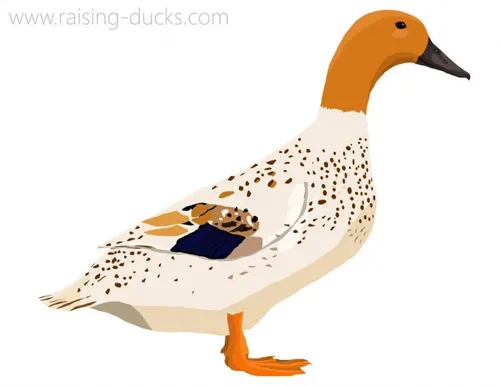
Abacot Rangers are extremely rare, beautiful, dual-purpose light ducks. They’re not only extremely talented egg-layers, they’re also good for meat, good…
Read More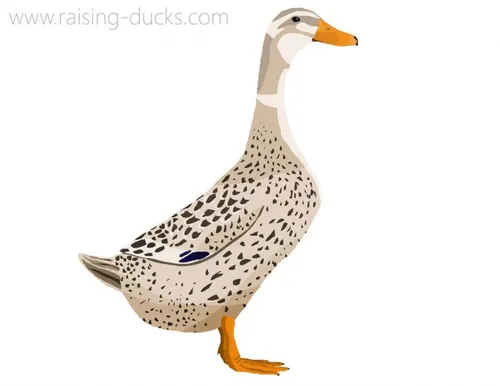
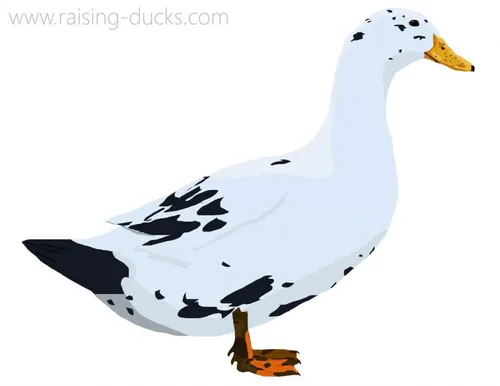
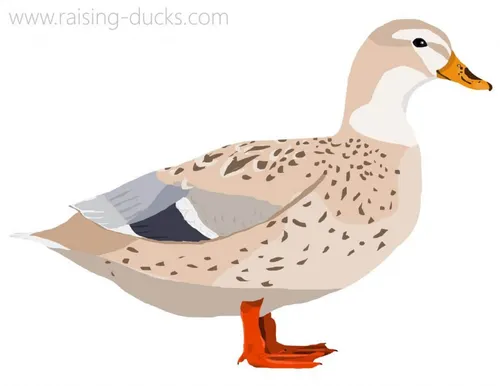
Australian Spotted ducks are critically endangered and underappreciated, despite their beauty, friendliness, and adorable Call-like conformation…
Read More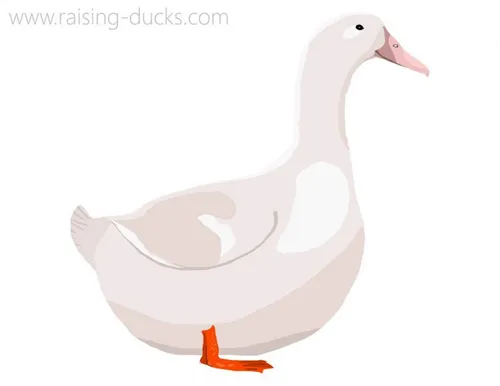
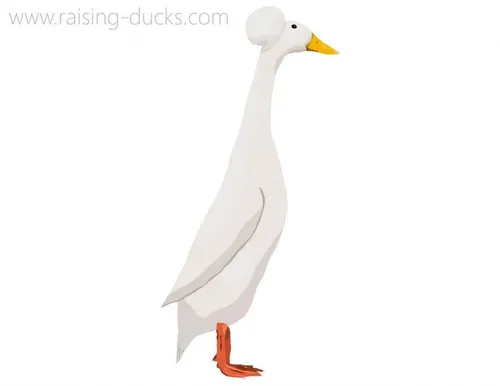
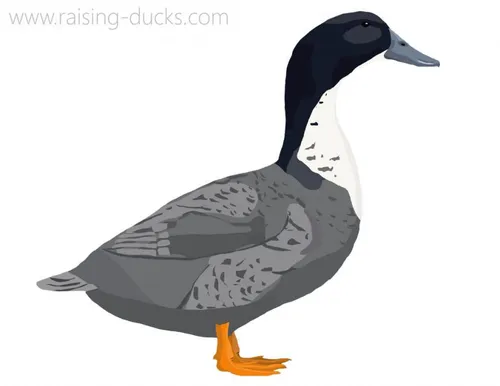
The Blue Swedish (or Swedish Blue) is an attractive dual-purpose duck breed that makes a perfect addition to any homestead, hobby farm, or backyard…
Read More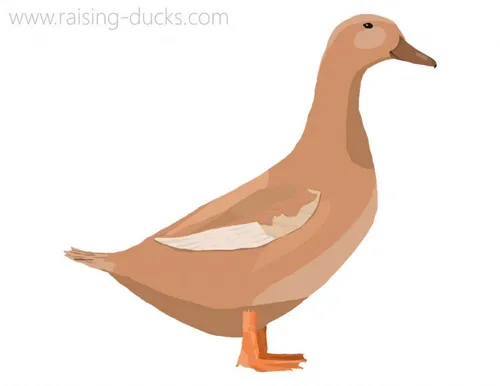
The Buff Orpington duck is the epitome of a dual-purpose duck. For someone looking for one single “do-it-all” breed, these would be one of my first…
Read More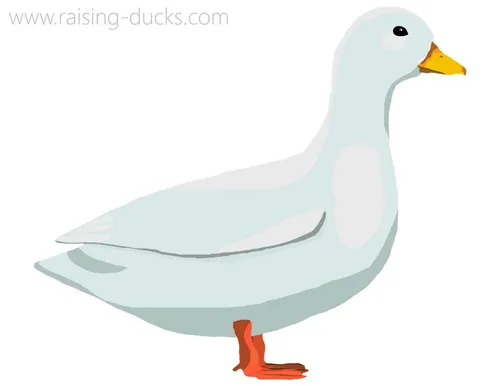
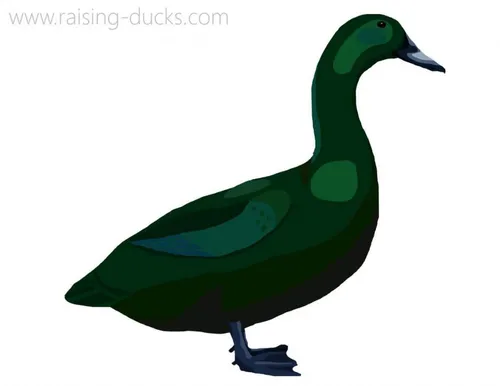
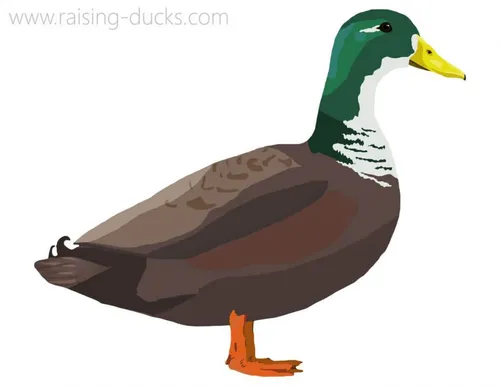
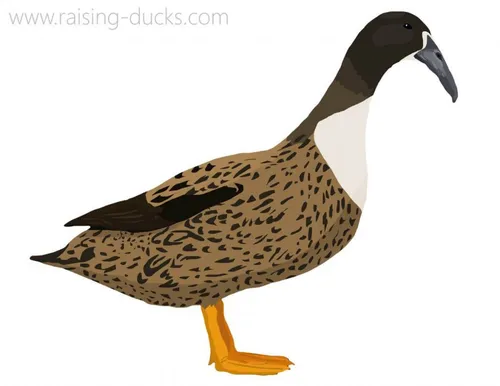
The most striking feature of the extremely rare Dutch Hookbill duck is, of course, its curved “Roman-nosed” bill. No other duck breed has…
Read More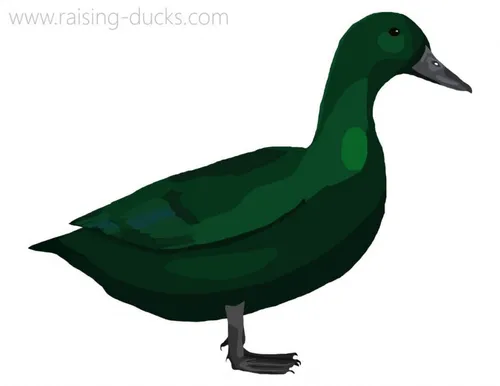
East Indies are relatively rare ducks and are primarily used as ornamental birds, exhibition birds, or pets. They are shyer and quieter than other…
Read More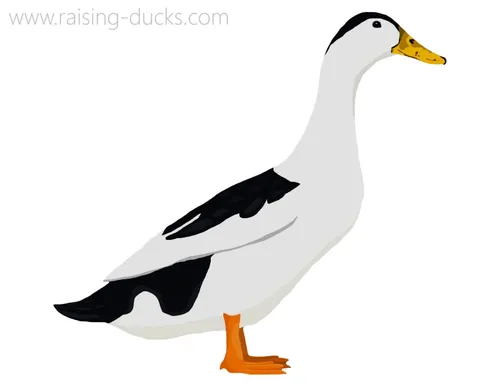
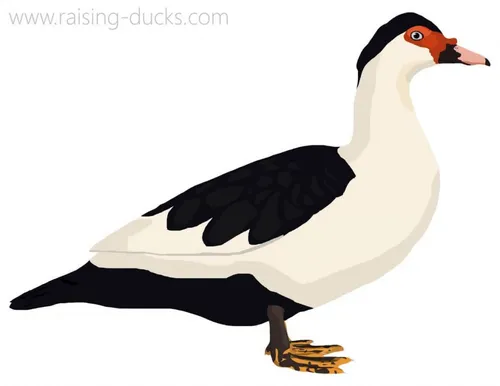
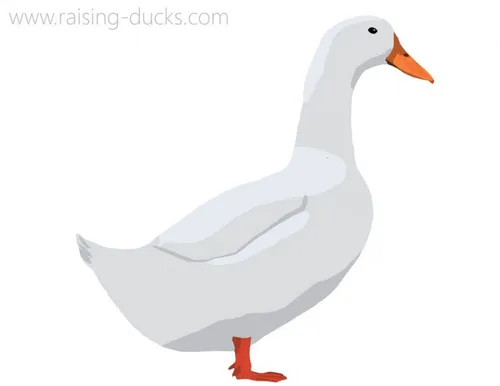
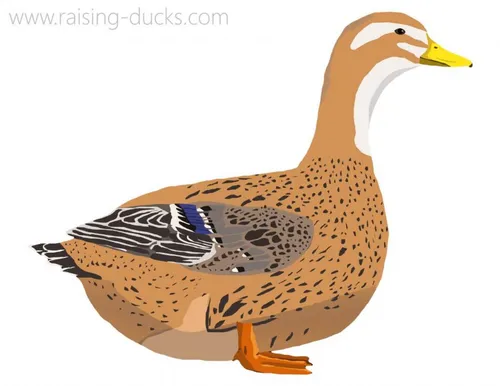
This is not the Rouen. The Rouen Clair is a totally different breed that has slipped out of the spotlight. It doesn’t lay enough to be mentioned in any “best egg layers lists,”…
Read More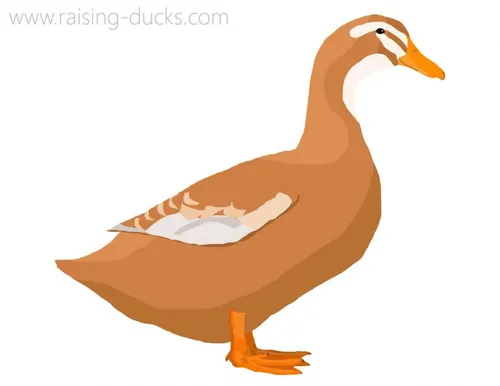
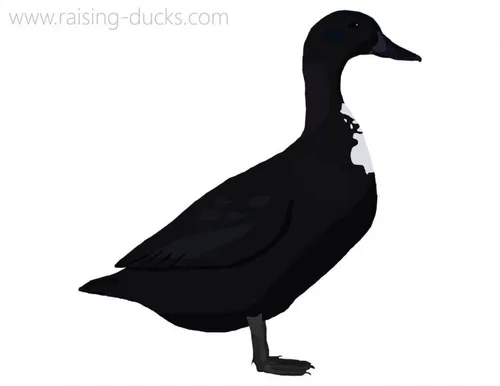
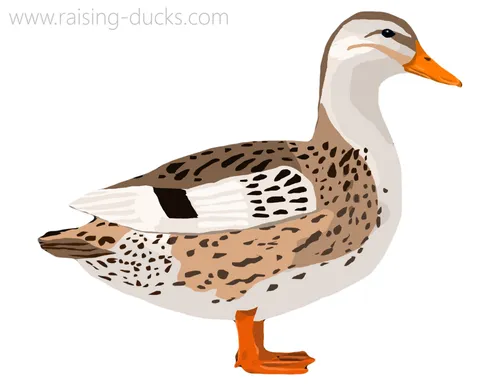
As the name implies, the Silver Appleyard Miniature is a miniaturized bantam version of the Silver Appleyard duck. This rare duck breed was created in the 1980s…
Read More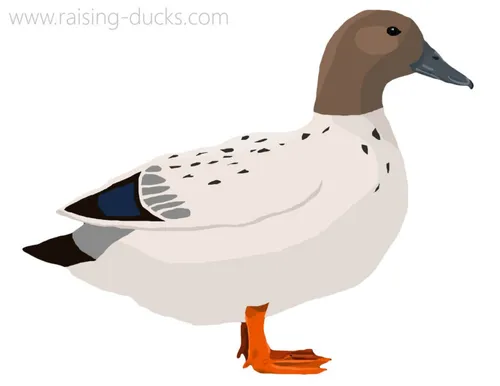
The Silver Bantam is a rare ornamental/exhibition bantam breed of duck. They are mostly kept as a pet, or for exhibition. Females have a…
Read More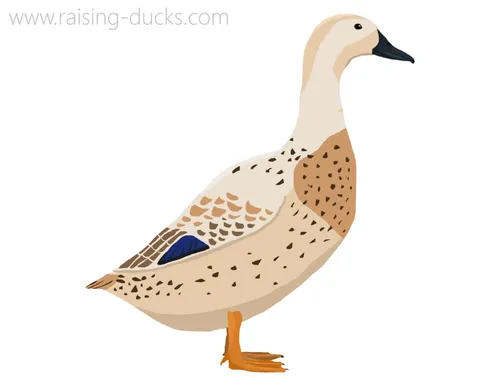
Created in 1949, the Welsh Harlequin is one of the newest duck breeds. Welsh Harlequin ducks are a beautiful, practical, lightweight breed…
Read More
Leave a comment
Your email address will not be published.